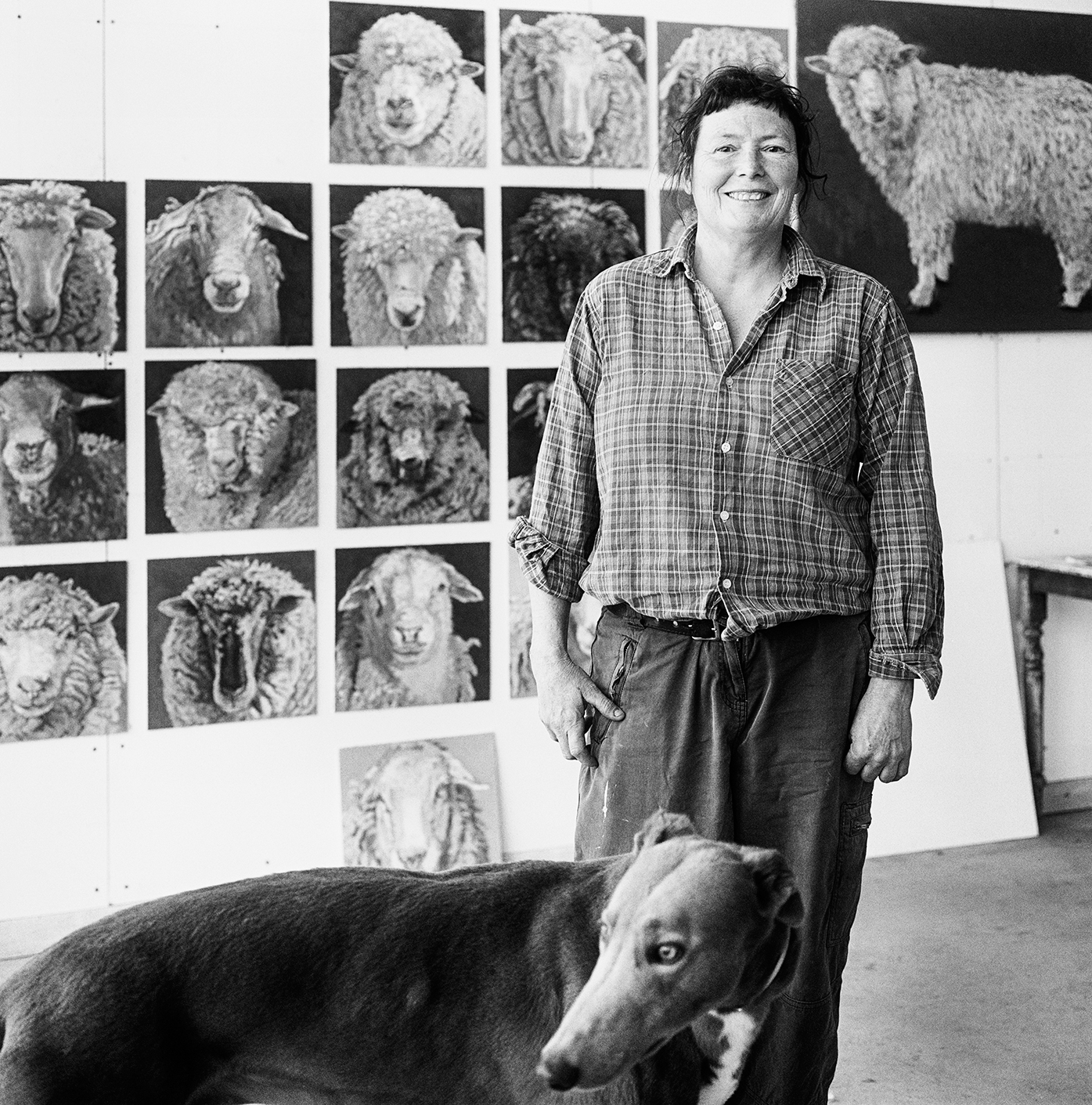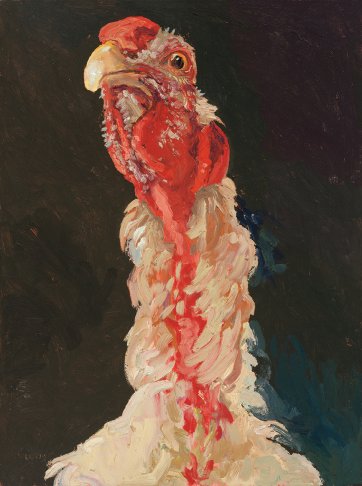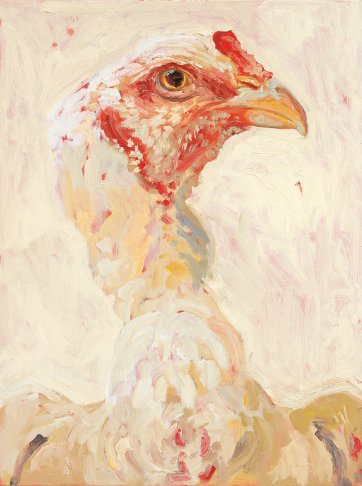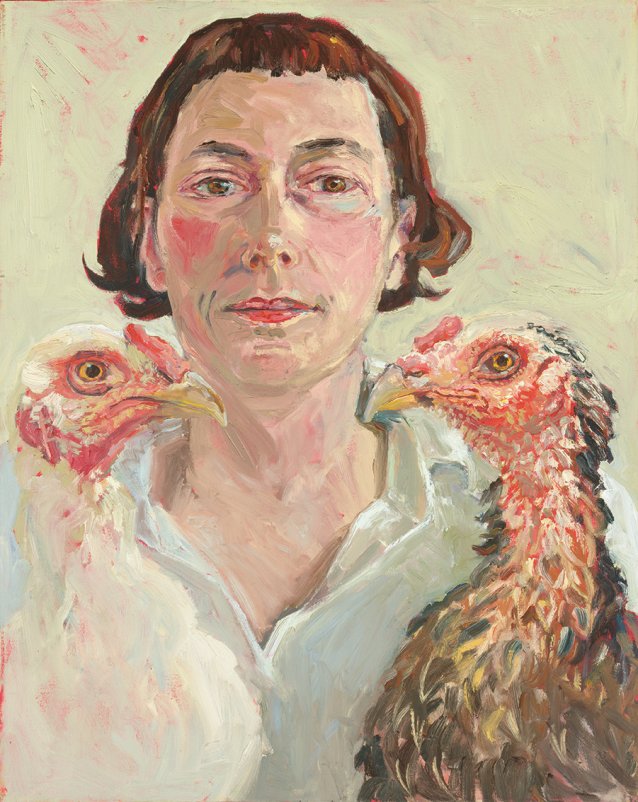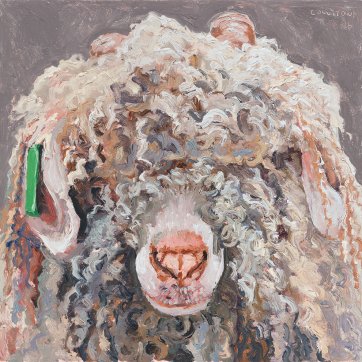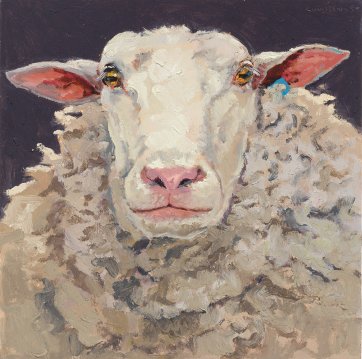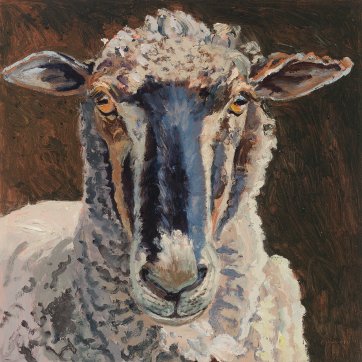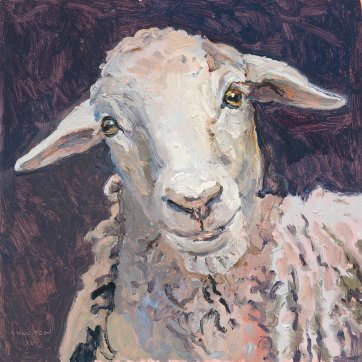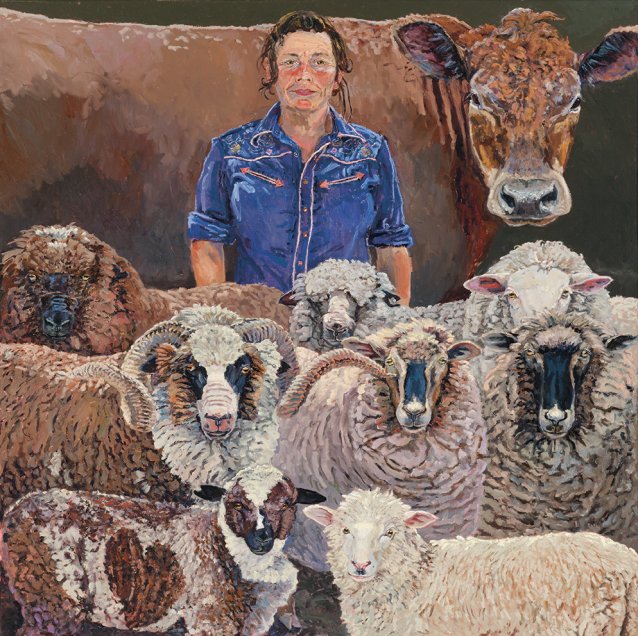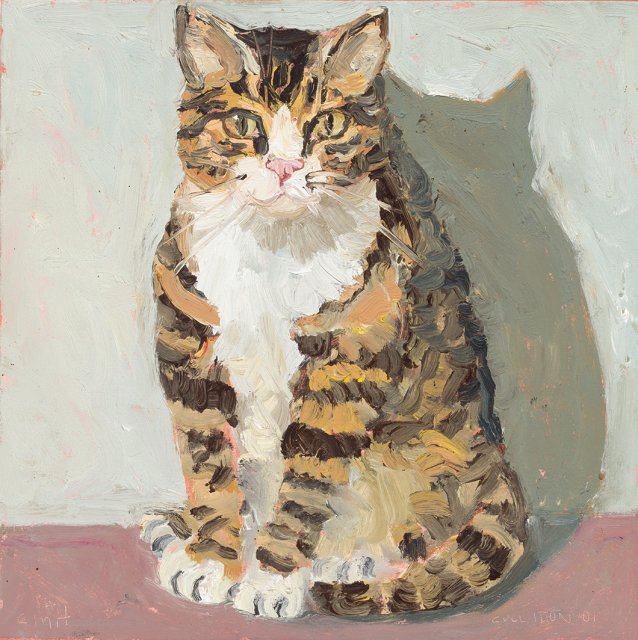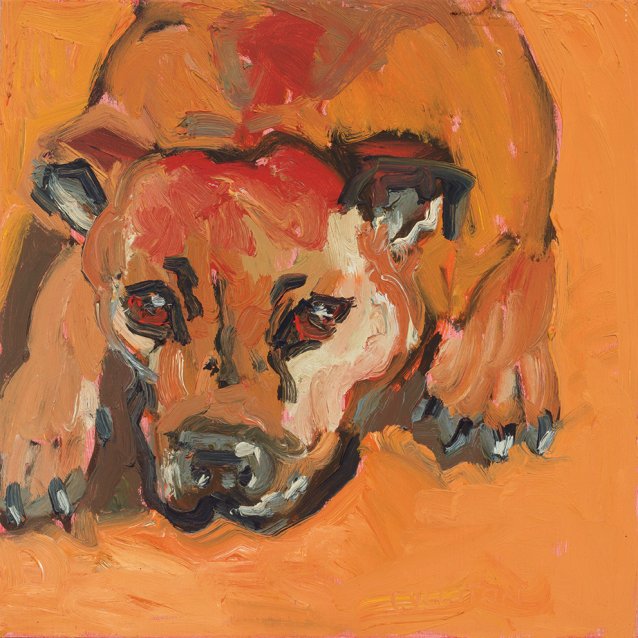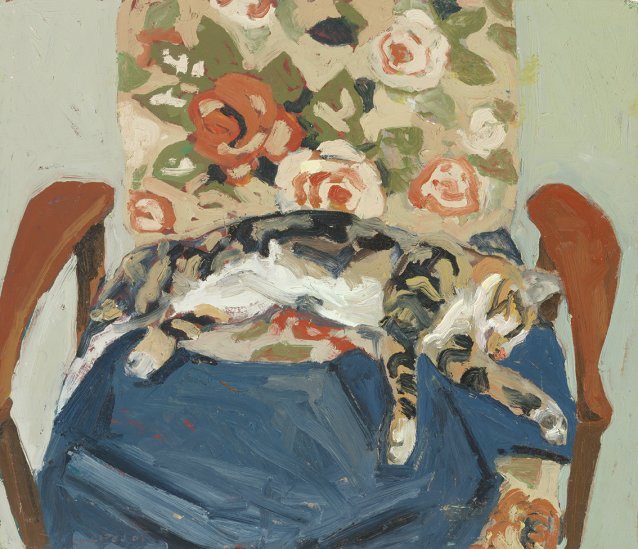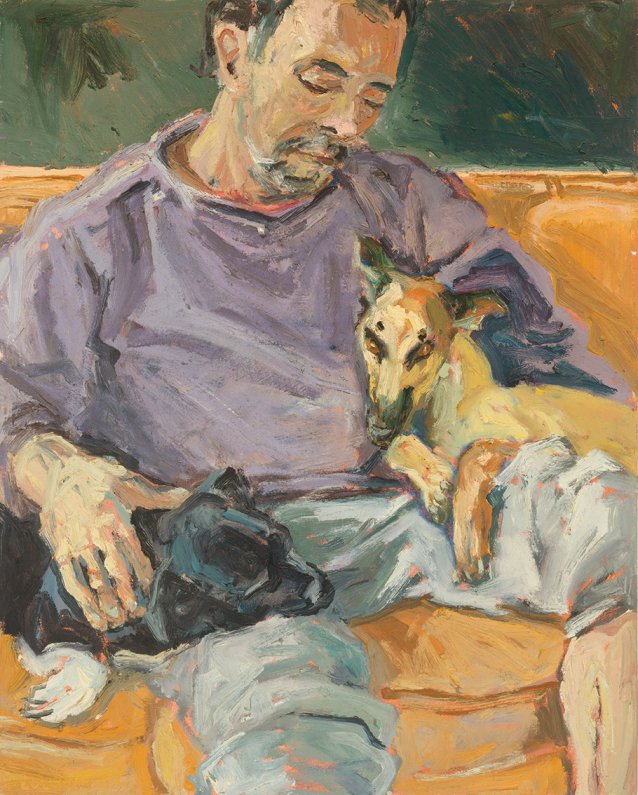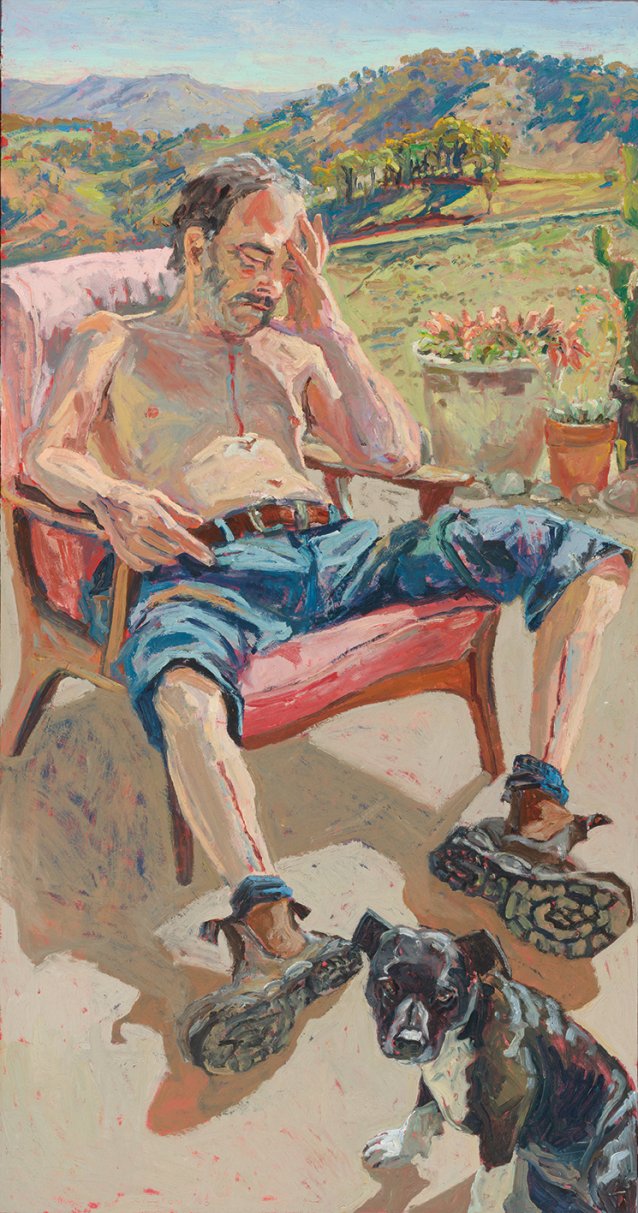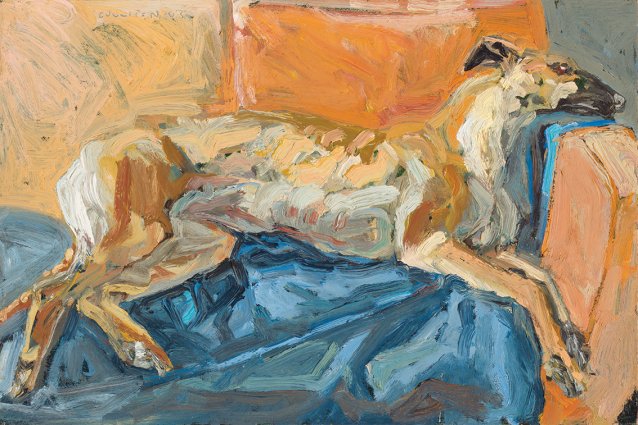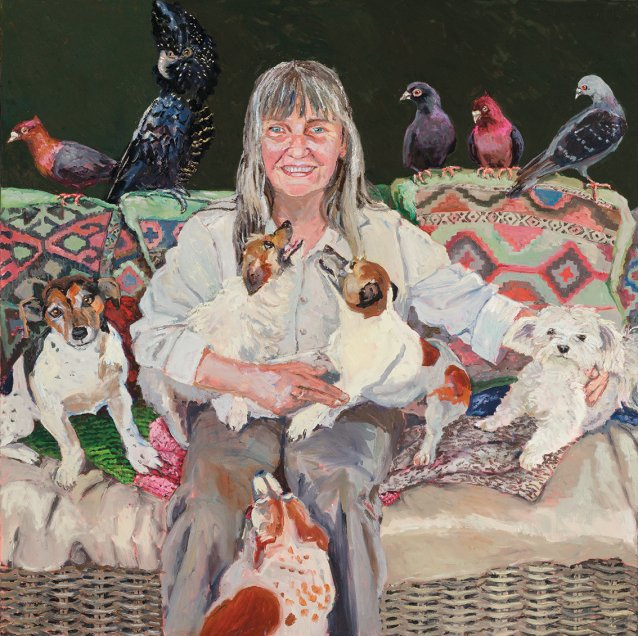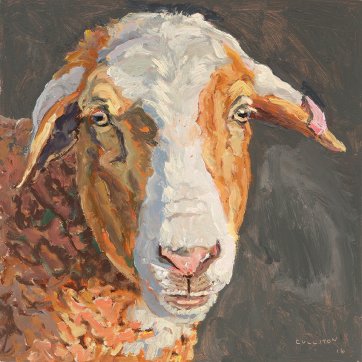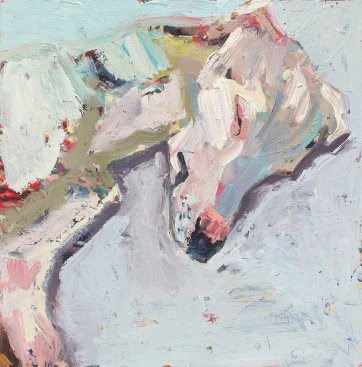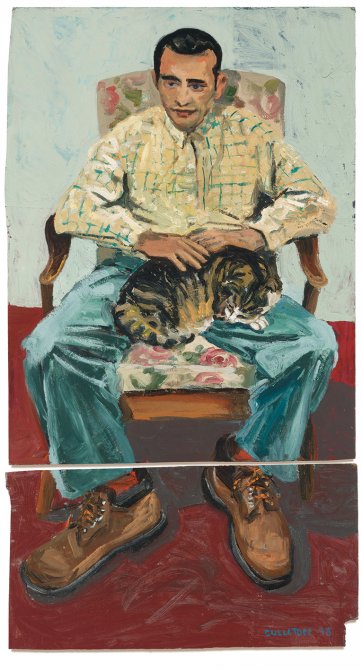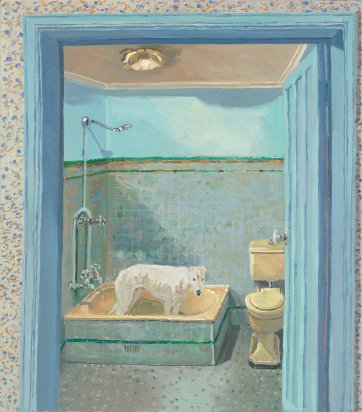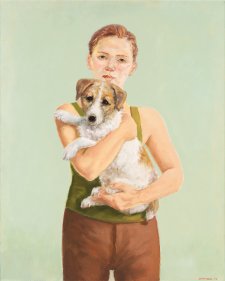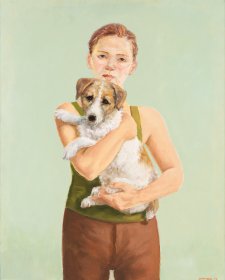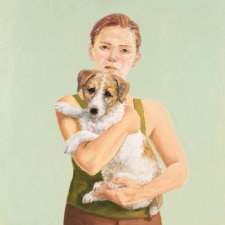A surprising number of artists of very high reputation have painted chickens and other fowls; not just in flocks, as elements of a farmyard scene, but individually, in close-up. In turning her focus on chickens, Lucy Culliton’s not unusual; one critic’s even gone so far as to say that in looking at her pictures of the creatures, ‘one inevitably thinks of Soutine’. However, most well-regarded pictures of chickens, including the twentieth-century Russian-French artist Chaim Soutine’s, show them dead. A reliable way to tell if a chicken in a painting is dead is to check if it’s hanging upside down, because unlike, say, cockatoos, chickens don’t practise inversion for enjoyment in life.
- About us
- Support the Gallery
- Venue hire
- Publications
- Research library
- Organisation chart
- Employment
- Contact us
- Make a booking
- Onsite programs
- Online programs
- School visit information
- Learning resources
- Little Darlings
- Professional learning
